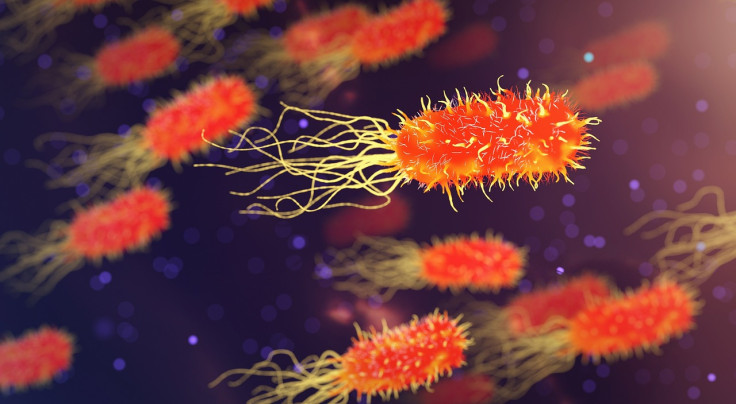What Is Buruli Ulcer? Know All About The Flesh-Eating Bacterial Infection As Cases Spike In Australia

Health officials in Australia have issued a warning against Buruli ulcer, a rare flesh-eating bacterial infection, as cases spike in the southeast state of Victoria. The infection typically affects the skin and sometimes, bones. If not properly treated, it may result in permanent deformity and disability.
"As of 2 October, there have been 238 cases notified so far in 2023 compared to the same time in 2022 (207 cases), 2021 (197 cases), and 2020 (135 cases)," Dr. Clare Looker, chief health officer in Victoria, said in a news release.
Buruli ulcer is caused by the bacterium Mycobacterium ulcerans, which belongs to the same family of microorganisms that cause tuberculosis and leprosy. The bacteria that enter the body can produce toxins, causing skin damage and tissue death. Cases of the infection have been reported in Africa, the Americas, Asia, the Western Pacific, Australia and Japan.
It is unclear how the infection spreads.
"The disease is not transmissible from person to person, however, there is increasing evidence that both mosquitoes and possums play a role in disease transmission in Victoria," the officials warned.
Health officials request household members of people with Buruli ulcers to self-monitor for the symptoms and seek treatment as they may have also been exposed to the same environmental source.
Signs of Buruli ulcer
The appearance of one or more painless, nonsensitive lesions on the skin, typically in exposed areas such as limbs, is the first sign of Buruli ulcer. The lesions can be easily mistaken for insect bites, and they slowly progress into ulcers over a few months. Some patients experience painful lumps, swelling and fever.
Without proper treatment, the infection can affect bones, causing secondary bacterial infection, deformity and disability.
Prevention and treatment
There are no definite prevention strategies since the mode of transmission is not known. The use of Bacillus Calmette–Guérin (BCG) vaccination might provide limited protection against the infection, according to WHO.
Early detection and treatment using a combination of antibiotics and complementary procedures, including surgery, wound care and prevention of disability, are recommended.
Published by Medicaldaily.com



























